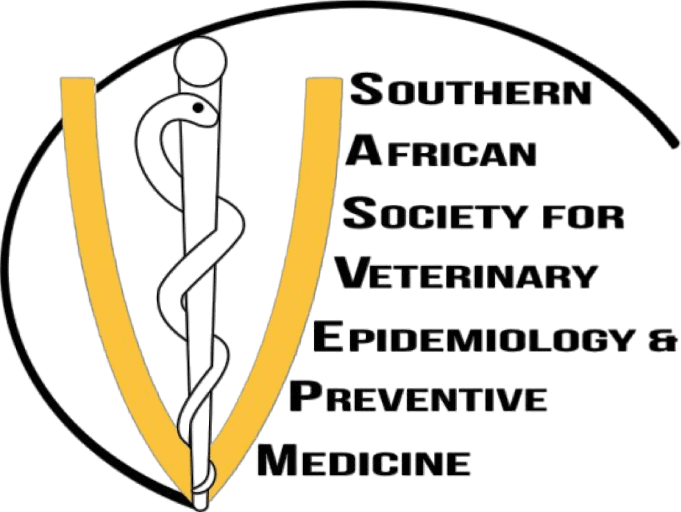SASVEPM Pre-Congress Workshop Report: 19-20 August 2024
Introduction
The Southern African Society for Veterinary Epidemiology and Preventive Medicine (SASVEPM) hosted a pivotal two-day pre-congress workshop on 19th and 20thAugust 2024 at the Lagoon Beach Hotel, Cape Town, focusing on critical aspects of veterinary biosafety principles and method validation. The workshop, was facilitated by esteemed Laboratory experts Dr.PaidamwoyoMutowembwa and Dr. Alison Lubisi both from the Agricultural Research Council, brought together 28 officials from various provinces within South Africa, including six members of the SASVEPM Executive Committee (EXCO).
Workshop Objectives
The primary objectives of this workshop were multifaceted:
- To deepen the participants’ comprehension of core biosafety principles, including risk assessment, containment levels, personal protective equipment (PPE) usage, and laboratory waste management.
- To equip participants with the necessary skills to validate diagnostic tests and methods, ensuring accurate and reliable results.
- To underscore the severe consequences of misdiagnosing diseases like Foot and Mouth Disease (FMD), African Swine Fever (ASF), and Bovine Tuberculosis (BTB), which can lead to significant economic losses and public health risks.
- To create a platform for participants to exchange experiences, ideas, and best practices in veterinary biosafety and method validation.
Day 1: Veterinary Biosafety Principles
The first day of the workshop was dedicated to exploring the fundamental principles of veterinary biosafety. Dr.PaidamwoyoMutowembwa, a renowned expert in the field, delivered an engaging and informative presentation. Key topics covered included:
- Definition and Importance of Biosafety: A clear definition of biosafety was provided, emphasizing its role in protecting laboratory personnel, the environment, and the community from exposure to hazardous biological agents.
- Risk Assessment and Management: Participants were introduced to the process of assessing risks associated with handling infectious agents. This involved identifying potential hazards, evaluating the likelihood and severity of risks, and implementing appropriate control measures.
- Biosafety Levels (BSL): A detailed explanation of the four biosafety levels (BSL-1 to BSL-4) was presented, highlighting the specific containment requirements for each level.
- Personal Protective Equipment (PPE): The importance of using appropriate PPE was emphasized, including the selection, use, and disposal of items such as gloves, masks, gowns, and eye protection.
- Laboratory Waste Management: Safe and effective methods for handling, storing, and disposing of laboratory waste were discussed, with a focus on minimizing the risk of contamination.
Practical Component: Biosafety Laboratory Routines
A practical component was integrated into the first day’s session, involving proper use of Personal Protective equipment in different categories of laboratories. Participants had the opportunity to observe firsthand the application of biosafety principles in a real-world setting. The practical session covered:
- PPE Donning and Doffing Procedures: Hands-on training on the correct techniques for putting on and taking off PPE, minimizing the risk of contamination.
- Laboratory Waste Management Practices: Demonstration of proper waste segregation, labeling, and disposal procedures.
- Emergency Response Procedures: A review of emergency response plans, including fire safety, chemical spills, and biological agent releases.
Day 2: Method Validation
The second day of the workshop focused on method validation, a crucial aspect of ensuring the accuracy and reliability of laboratory tests. Dr. Alison Lubisi, an expert in laboratory diagnostics, led the session, covering the following topics:
- Principles of Method Validation: A comprehensive overview of the key principles and steps involved in method validation, including specificity, sensitivity, accuracy, precision, and limit of detection.
- Validation Parameters: A detailed discussion of the specific parameters that need to be evaluated during method validation, tailored to different types of tests (e.g., serological, molecular, microbiological).
- Quality Control and Assurance: The importance of implementing robust quality control measures to maintain the accuracy and reliability of laboratory results.
- Case Studies: Method Validation in Practice: Real-world examples of method validation for various veterinary diagnostic tests were presented, highlighting the challenges and best practices.
Practical Component: Method Validation Exercise
A practical exercise was conducted on the second day, providing participants with hands-on experience in method validation. The exercise involved:
- Data Analysis and Interpretation: Participants analyzed a dataset of laboratory results to assess the performance of a diagnostic test.
- Calculation of Validation Parameters: Participants calculated key validation parameters, such as sensitivity, specificity, and positive and negative predictive values.
- Interpretation of Results and Conclusion: Participants drew conclusions about the performance of the test and its suitability for diagnostic purposes.
Workshop Evaluation and Feedback
The workshop received overwhelmingly positive feedback from participants. They expressed satisfaction with the content, delivery, and practical components. Key points from the feedback include:
- Participants reported significant gains in their understanding of veterinary biosafety principles and method validation techniques.
- The hands-on components were highly valued, as they provided practical experience and reinforced theoretical concepts.
- Participants indicated that they would implement the knowledge and skills acquired from the workshop to improve laboratory practices and enhance the quality of diagnostic services.
- The workshop facilitated valuable networking opportunities among participants, fostering collaboration and knowledge sharing.
Conclusion
The SASVEPM pre-congress workshop on veterinary biosafety principles and method validation was a resounding success. The event provided a valuable platform for veterinary professionals to enhance their knowledge and skills, ultimately contributing to improved animal health and public health.The workshop played a vital role in advancing the field of veterinary epidemiology and preventive medicine by addressing critical issues such as laboratory safety, accurate disease diagnosis, and effective disease control.

